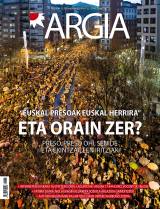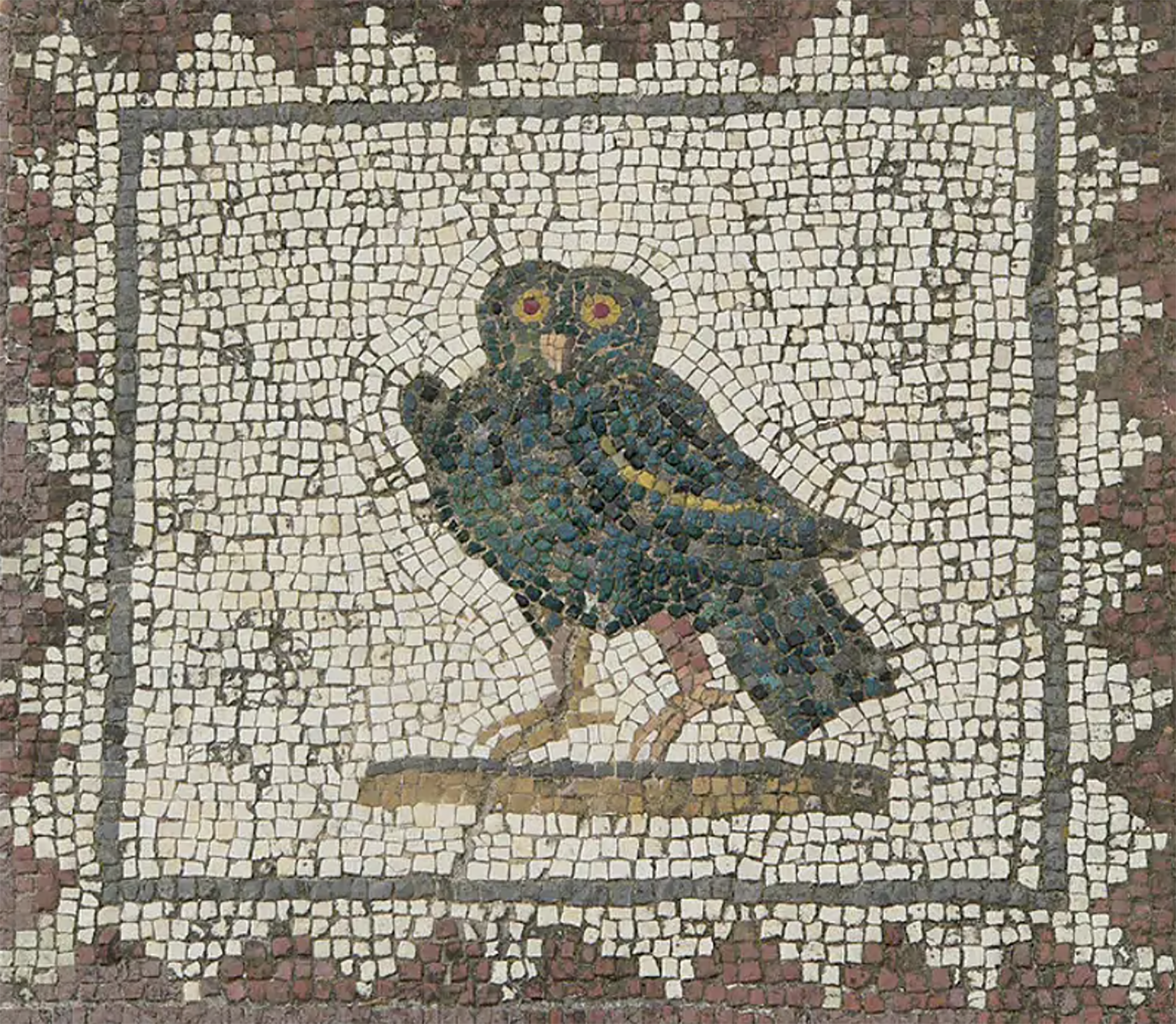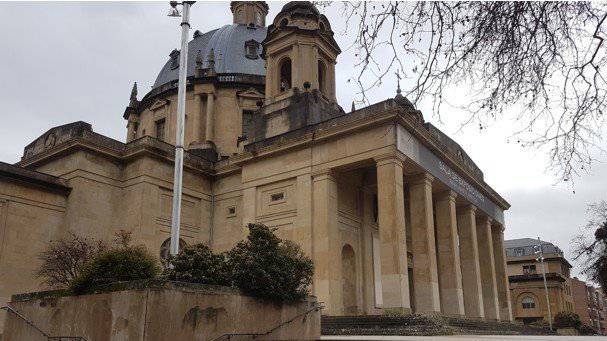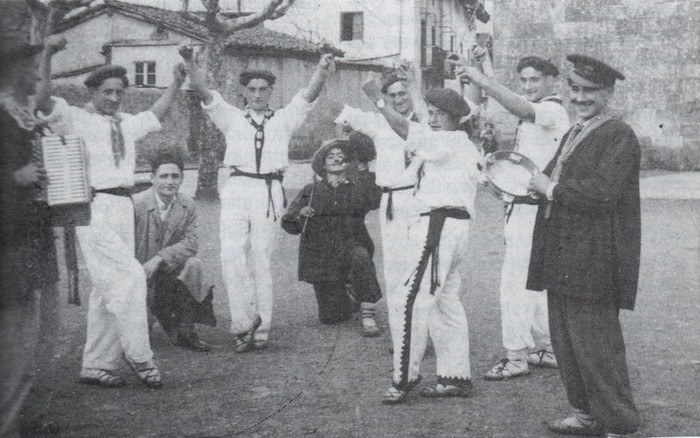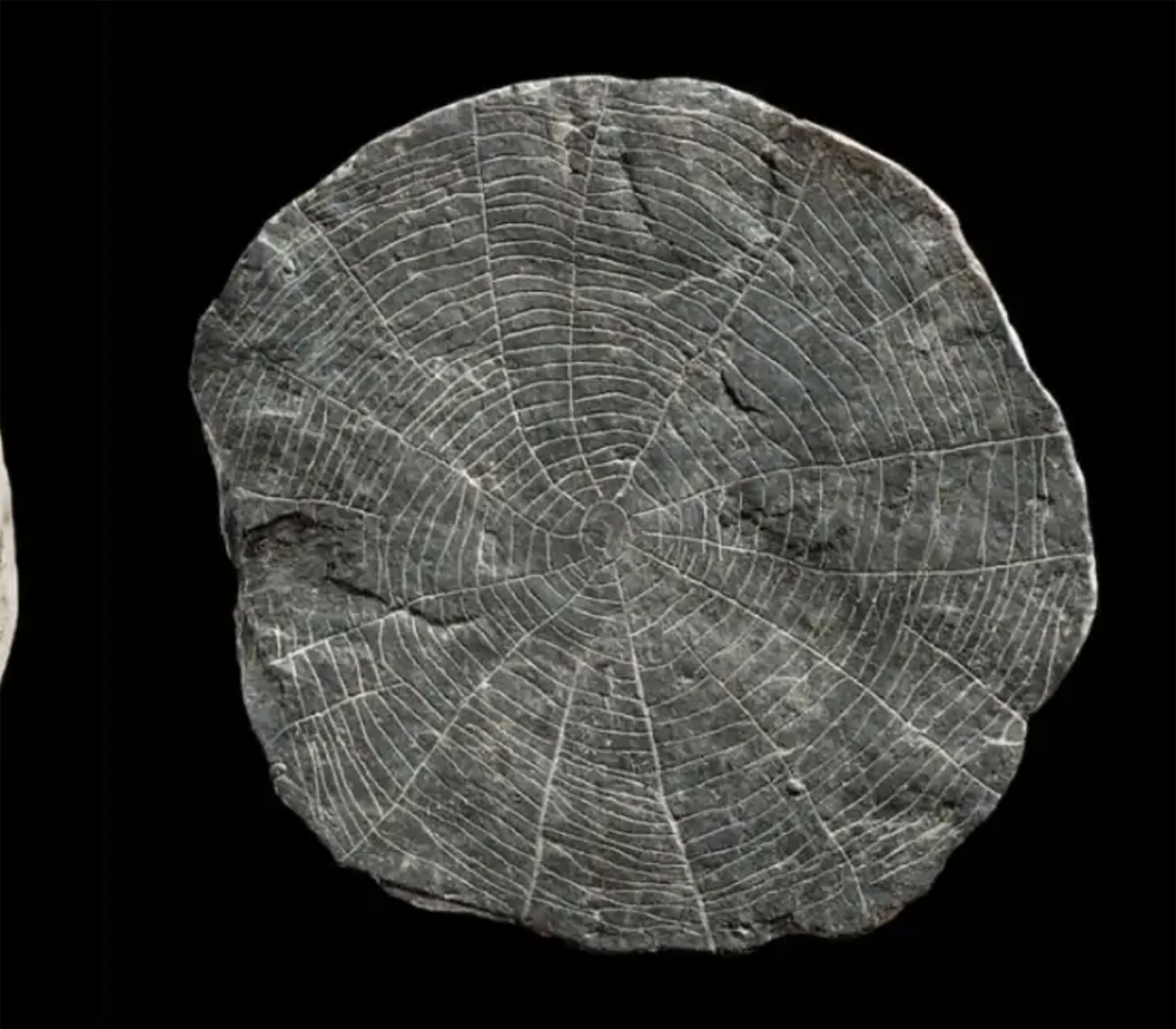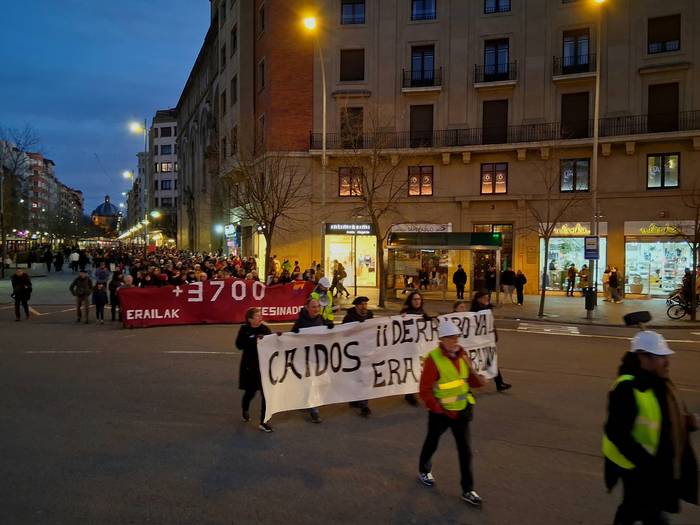Prison sentence to gym
- London 1818. British engineer Sir William Cubitt invented an apparatus, a kind of continuous circular staircase, so that prisoners wouldn't move around and they could walk.
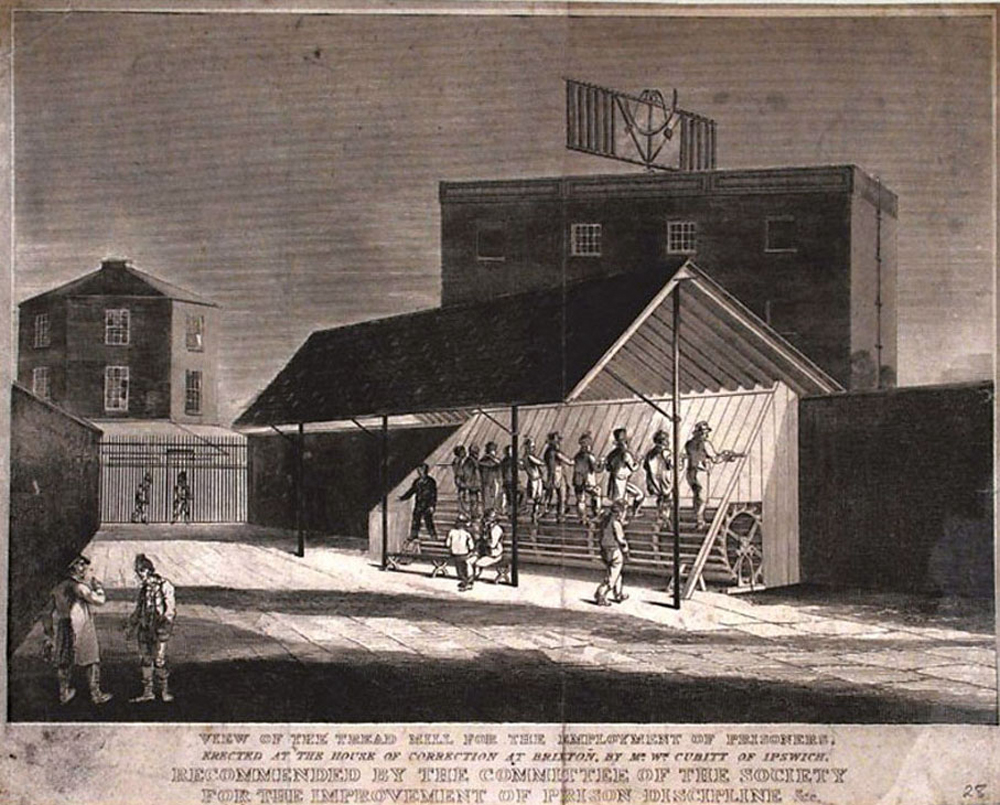
The Cubitt was released for other works, as it participated in the main engineering works of the time. As a result, he obtained the title of sir and was president of the Institute of Civil Engineers, among others. He helped build canals, dikes, railways -- and was chief engineer of the Crystal Palace building at Hyde Park in London. This device devised for jail made a longer route than expected, as it was the precursor to many machines that today are located in gyms.
The device was first tested in Brixton prison. Dozens of prisoners rose at the same time to a gigantic toothed roller and, moving their legs, the cylinder began to turn and the system was set in motion. Cubitt's invention was called treadmill. And today they continue to give the same name to the treadmills that are in the gyms.
Of course, walking on the device was not optional for prisoners, but was part of the sentence. According to the sources, the time spent on the prisoners' machine was not fixed, although some have reported days of more than ten hours. In those works they went five kilometers (and not on a quiet walk, but they went up the stairs). ).

It was effective that prisoners were spinning around the wheel as if they were hamsters. Without moving from the site, the roller was able to fatigue the condemned and obtain their submission. But they soon realized that, apart from watering the prisoners, it was possible to get another benefit from that mill. They started using water to move or grind the grain, for example.
The use of prisoners as slaves, the work and the exploitation of their activities is something long ago, was not invented by Cubitte. In ancient times, they were forced to row the norias or to row in galeras, in the Middle Ages, for example, to build cathedrals, to pull the pulleys and to be condemned to collect stones...
And now, another kind of slavery drives the “doomed” into those traps. They pay the penalty with money.
Judea, 2nd century AD. In the turbulent atmosphere of the Roman province, a trial was held against Gaddaliah and Saul, accused of fraud and tax evasion. The trial was reported on a 133-line paper in Greek (pictured). Thinking that it was a Nabataean document, the papyrus was... [+]
Poloniar ikerlari talde batek Sevillako Italica aztarnategiko Txorien Etxea aztertu du, eta eraikinaren zoruko mosaikoak erromatar garaiko hegazti-bilduma xeheena dela ondorioztatu du.
Txorien etxean 33 hegazti daude mosaikoetan xehetasun handiz irudikatuta. Beste... [+]
Archaeologists have discovered more than 600 engraved stones at the Vasagård site in Denmark. According to the results of the data, dating back to 4,900 years ago, it is also known that a violent eruption of a volcano occurred in Alaska at that time. The effects of this... [+]
Vietnam, February 7, 1965. The U.S. Air Force first used napalma against the civilian population. It was not the first time that gelatinous gasoline was used. It began to be launched with bombs during World War II and, in Vietnam itself, it was used during the Indochina War in... [+]
I just saw a series from another sad detective. All the plots take place on a remote island in Scotland. You know how these fictions work: many dead, ordinary people but not so many, and the dark green landscape. This time it reminded me of a trip I made to the Scottish... [+]
Japan, 8th century. In the middle of the Nara Era they began to use the term furoshiki, but until the Edo Era (XVII-XIX. the 20th century) did not spread. Furoshiki is the art of collecting objects in ovens, but its etymology makes its origin clear: furo means bath and shiki... [+]









